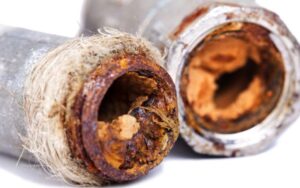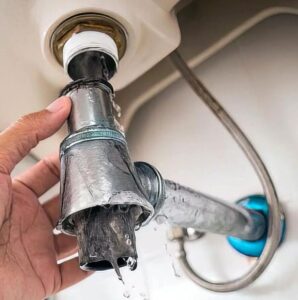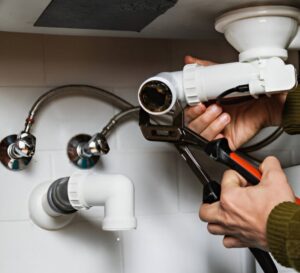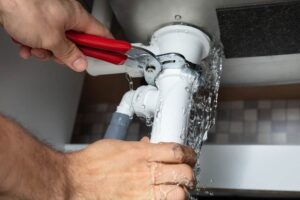8 Warning Signs Your Plumbing System Needs Immediate Attention
Plumbing is the silent workhorse of any home, responsible for delivering clean water and managing waste efficiently. Yet, it’s often overlooked—until something goes wrong. Outdated or failing plumbing systems can lead to costly damage, health risks, and higher utility bills. Here are 8 key signs that your plumbing system may be due for an upgrade or repair.

1. Your Home is Showing Its Age
The age of your property plays a critical role in plumbing performance. Homes built over 50 years ago are more likely to have outdated systems that can’t keep up with current needs. If you’ve never updated the plumbing in an older home, it’s wise to get a thorough inspection.
2. Corrosion in Galvanized Pipes
Galvanized steel pipes were once standard in older homes, but they’re susceptible to rust and corrosion over time. If your tap water looks brown or rusty or your water pressure drops suddenly, these pipes may be deteriorating and need replacement.
3. Presence of Lead Pipes
Homes built before the 1950s may still contain lead plumbing. Lead pipes pose serious health risks, especially to children, and should be replaced immediately if discovered. Even small levels of lead in drinking water can be hazardous.

4. Frequent Leaks and Repairs
Do you find yourself regularly fixing leaks? Frequent leaks are not just a nuisance—they’re a red flag that your plumbing system may be failing. Continuous water leakage can cause mold, structural damage, and higher water bills.
5. Persistently Low Water Pressure
Low water pressure might seem like a minor inconvenience, but it could indicate larger issues such as pipe corrosion, sediment buildup, or hidden leaks. If the problem is consistent across multiple fixtures, it’s time for professional inspection.
6. Outdated Plumbing Fixtures
Older plumbing fixtures often lack modern efficiency and can be wasteful. Upgrading to water-saving models not only improves functionality but also reduces your water consumption and lowers your monthly utility bills.

7. Polybutylene Pipe Problems
Used between the late 1970s and mid-1990s, polybutylene pipes were once popular due to their affordability. However, they’re known to degrade when exposed to certain chemicals in water, leading to unexpected failures. Replacing them with durable alternatives is highly recommended.
8. Discolored or Odd-Smelling Water
If your water appears cloudy, rusty, or has an unusual odor, this may indicate corroded pipes or contamination. These issues can compromise the safety of your water supply and should be addressed promptly by a plumbing expert.

Final Thoughts
Being proactive about plumbing issues is key to maintaining a safe and efficient home. Ignoring the warning signs can lead to serious consequences—from water damage to health hazards. Regular inspections, modern materials, and timely repairs are essential. When in doubt, consult a licensed plumber to evaluate the condition of your system and guide you on the next steps.





